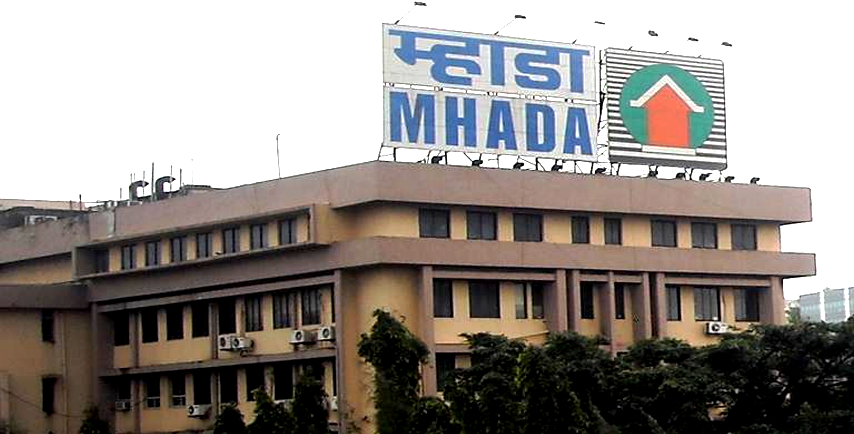Union minister for road transport and highways, Nitin Gadkari, informed the Rajya Sabha that 55 cases of structural damage or collapse have been reported on infrastructure projects executed by the National Highways Authority of India (NHAI) between 2020 and 2025. These incidents include failures involving roads, bridges, and tunnels, with 40 of them occurring during the construction phase and the remaining on completed stretches.
The statement came in response to a question raised by Congress Member of Parliament Digvijaya Singh, who sought details on the determination of accountability for structural failures and safety lapses on national highway projects. Gadkari stated that action was taken against private contractors in nearly all reported cases, but only two incidents led to disciplinary action against government officials.
Two Disciplinary Actions Against Government Officials
In the first case, the Project Implementation Unit (PIU) director at Palanpur was suspended for inadequate construction work on the Sanchore–Santalpur section of the Amritsar–Jamnagar Economic Corridor (NH-754K). The six-lane stretch was identified as having severe quality issues. In the second instance, the PIU director at Nagpur was transferred to a regional office following a faulty construction episode involving a flyover on NH-6.
NHIDCL Projects Not Included in Data
The minister clarified that the 55 incidents pertain only to NHAI-executed projects, and do not include projects undertaken by the National Highways and Infrastructure Development Corporation Limited (NHIDCL) or by state and central agencies outside NHAI’s jurisdiction.
Notably, the Silkyara-Barkot tunnel collapse in Uttarakhand’s Uttarkashi district, which killed 41 workers in November 2023, was excluded from the tally. That project, a key component of the Char Dham All-Weather Road, is being executed by NHIDCL, a separate body under the Ministry of Road Transport and Highways (MoRTH).
The exclusion of high-profile incidents such as the Silkyara tunnel collapse from the official NHAI incident list has led to questions regarding uniform reporting mechanisms and the need for consolidated infrastructure safety audits across all implementing agencies.
Oversight Mechanisms and Enforcement Gaps
While Minister Gadkari reiterated that contractor accountability has been enforced consistently, several lawmakers and experts have raised concerns about the low incidence of administrative action against public officials overseeing faulty projects. As per current arrangements, PIUs and regional offices of NHAI are responsible for site-level quality checks, design approvals, and supervision.
The fact that disciplinary measures against government engineers and project officers have been rare suggests either a loophole in existing accountability frameworks or a lack of institutional will to enforce penalties beyond the private sector.
Furthermore, third-party auditing mechanisms and technical quality review panels have been introduced across several NHAI projects over the past three years. However, the rising number of construction-related damages and collapses suggests a need to revisit enforcement timelines and real-time compliance strategies.
Audit Findings and Policy Targets
The ministry’s 2025 update aligns with recent Comptroller and Auditor General (CAG) audits which flagged concerns over subpar construction materials, irregularities in quality checks, and non-adherence to safety protocols on certain national highway projects. The audit also observed that in several cases, rectification of defects was delayed even after detection, often until stretches became operational.
The government has set a target of reducing road accident fatalities by 50% by 2030, as per India’s commitments under the Stockholm Declaration on Road Safety. With the national highway network expected to expand to 200,000 kilometers by 2047, structural integrity of roads and related infrastructure is being seen as essential to achieving this target.
Silkyara Tunnel as a Case Study
Although the Silkyara tunnel was excluded from the 55 cases listed by the minister, the 2023 collapse continues to cast a long shadow on overall project execution standards. The 41-day rescue operation at the site and subsequent investigations by NHIDCL and MoRTH revealed issues in soil profiling, inadequate support structures, and design lapses that had not been flagged during execution.
Post-incident reviews have led to the introduction of digital geotechnical monitoring, especially for tunneling in the Himalayan region. However, the absence of such systems in previous years allowed construction in geologically sensitive zones to proceed without full safeguards.
The information shared by the union minister highlights an important trend: while contractual accountability for private construction firms is being increasingly enforced, the disciplinary response within the public sector remains limited. Given the scale of investment and risk in highway infrastructure, both execution and supervision mechanisms are likely to face heightened scrutiny in the coming years.









.png)